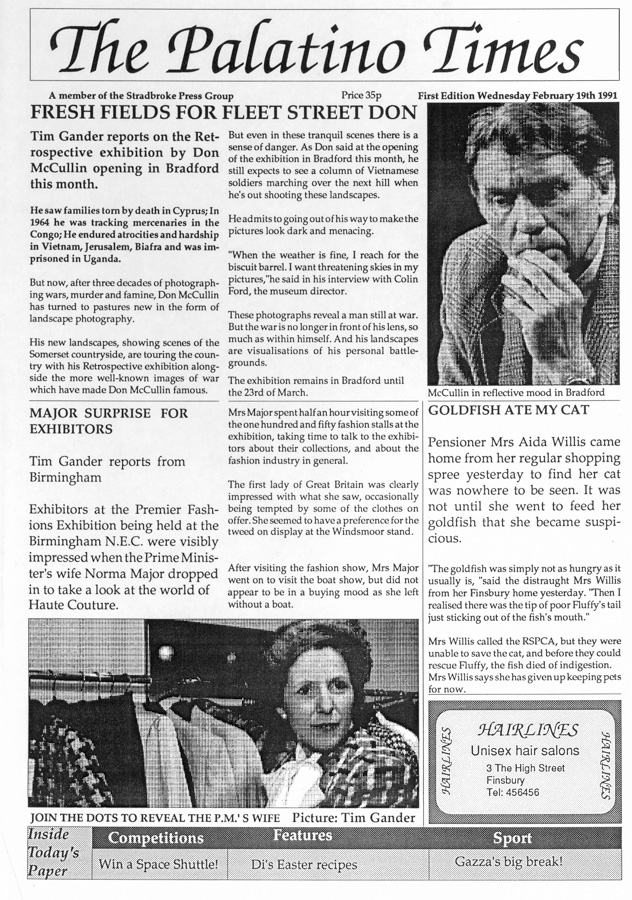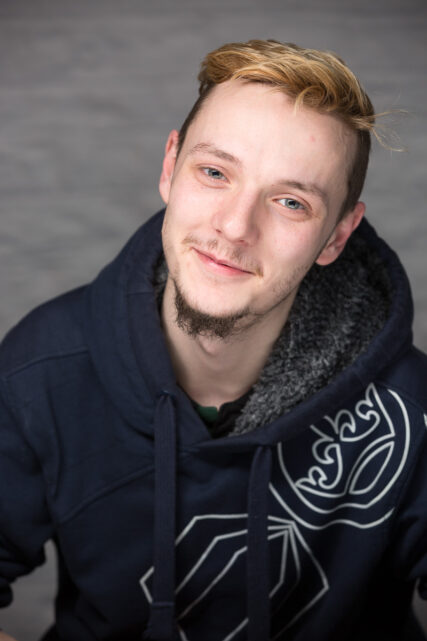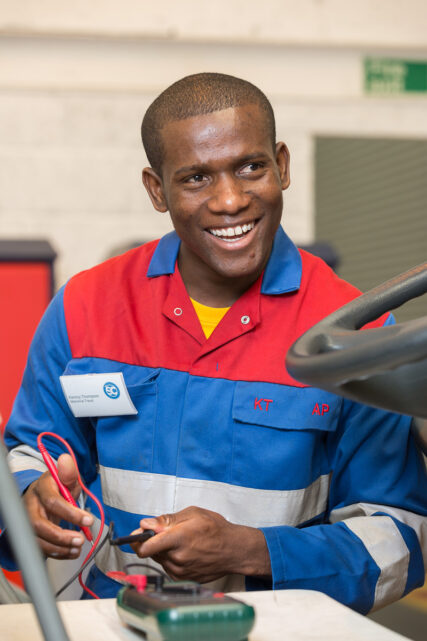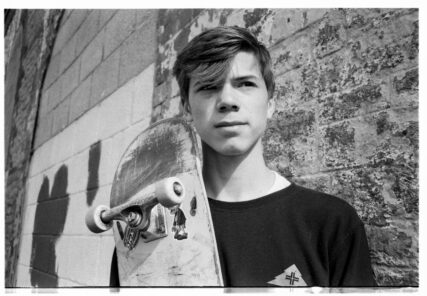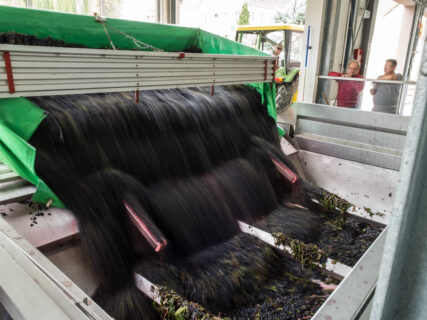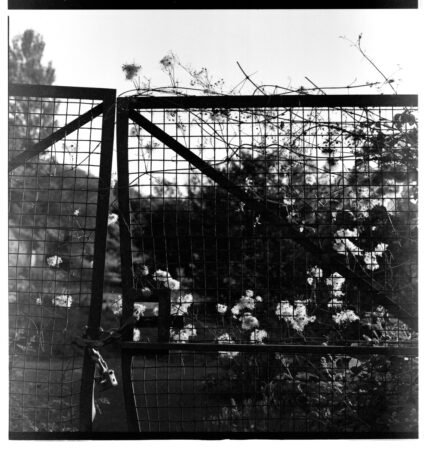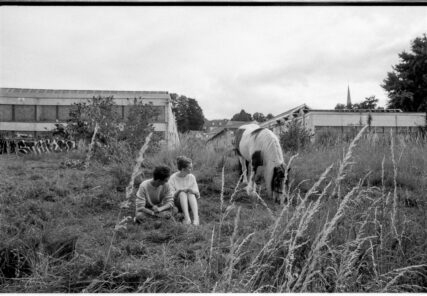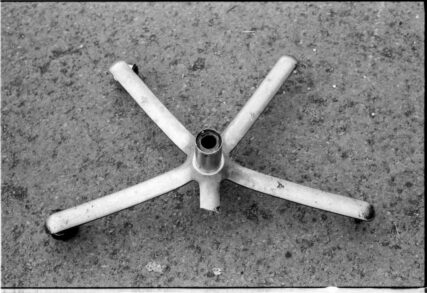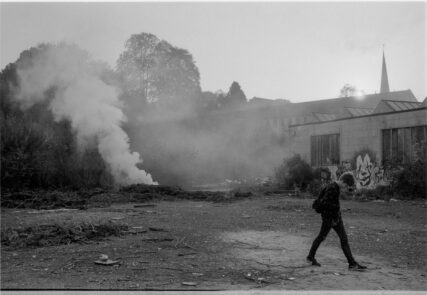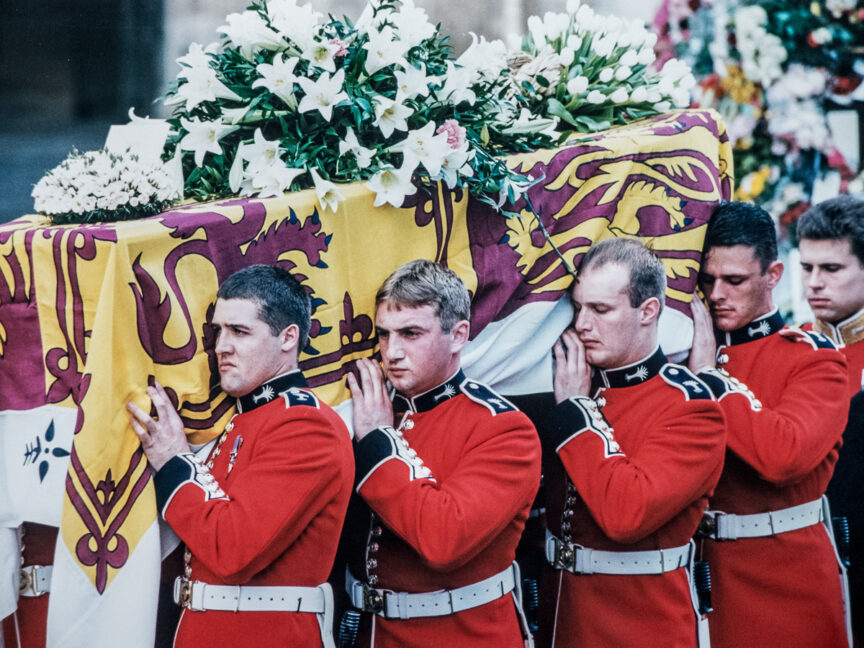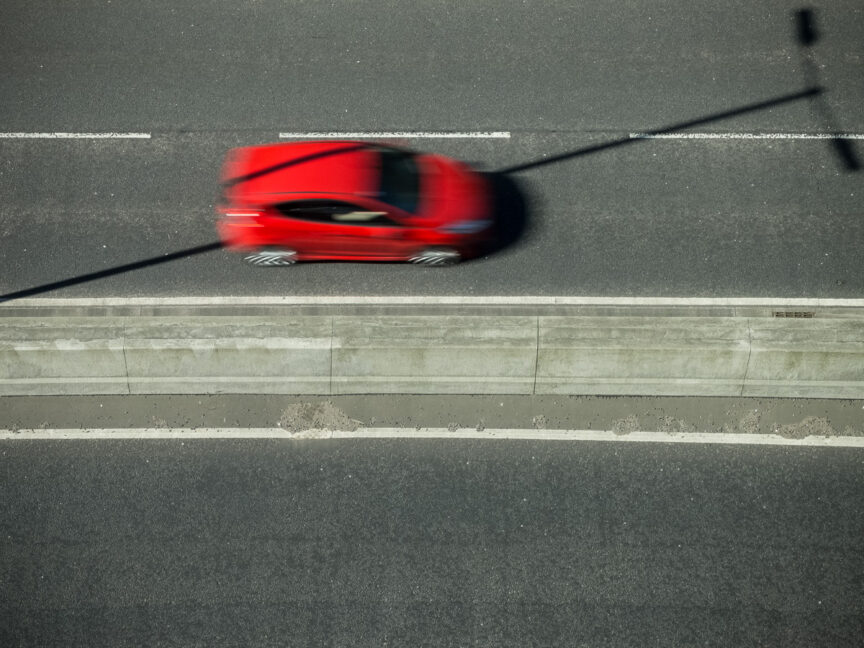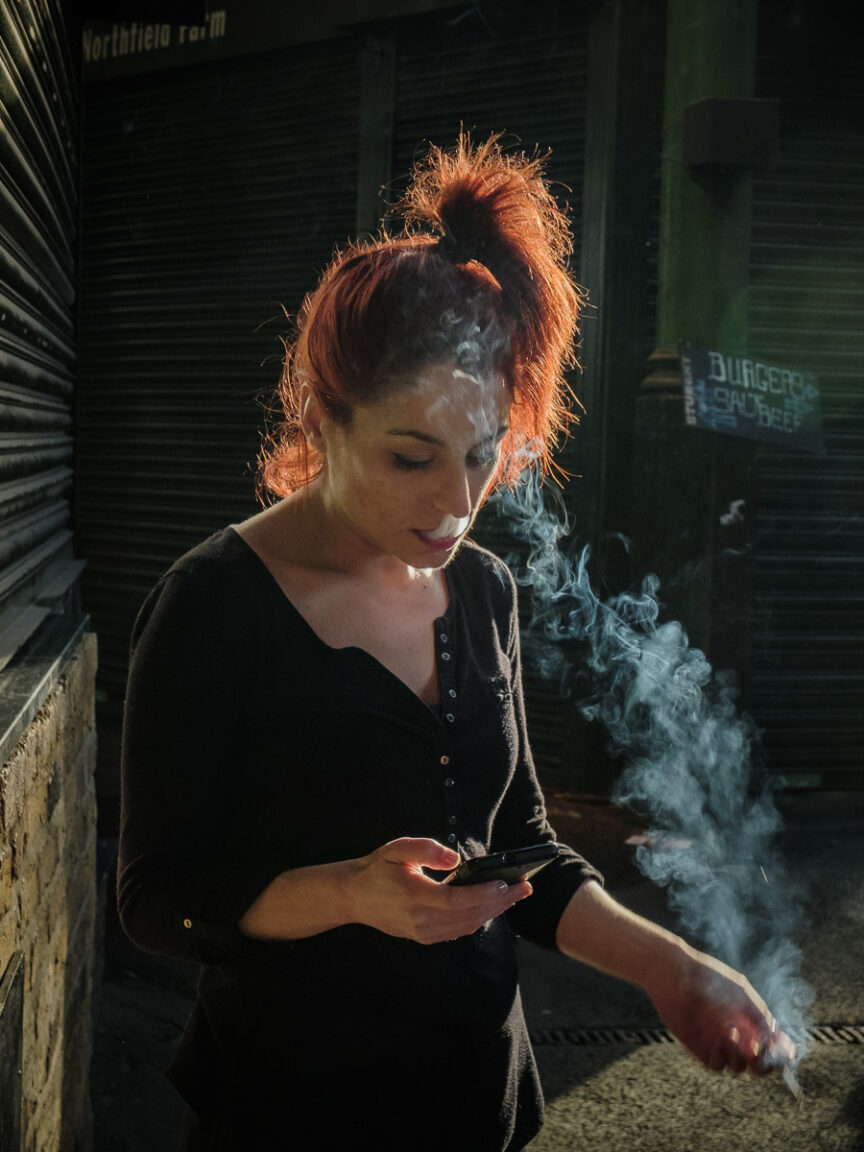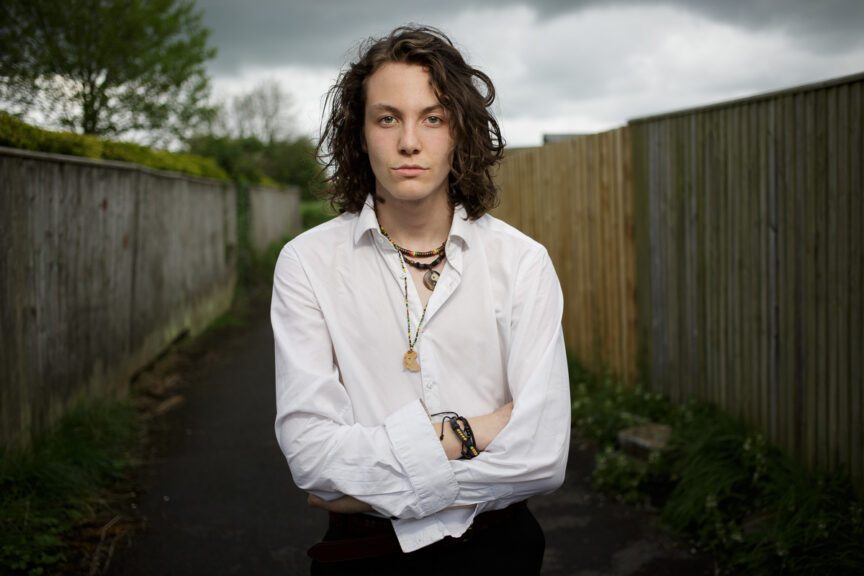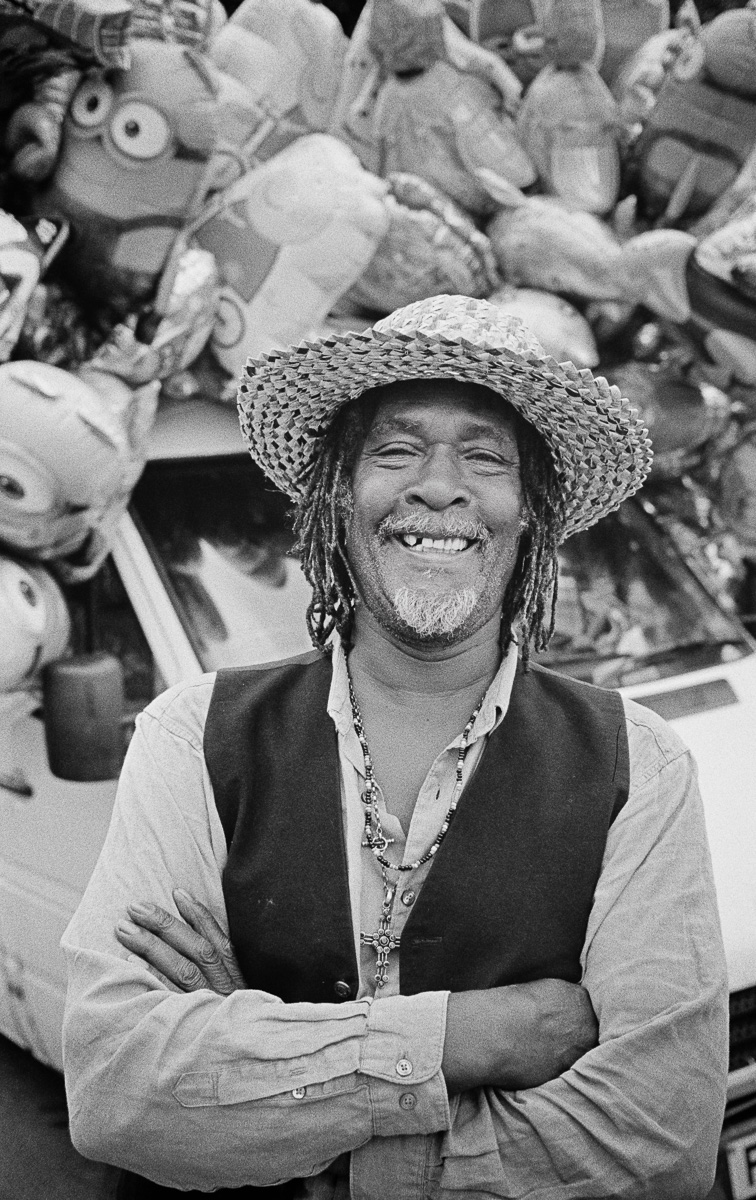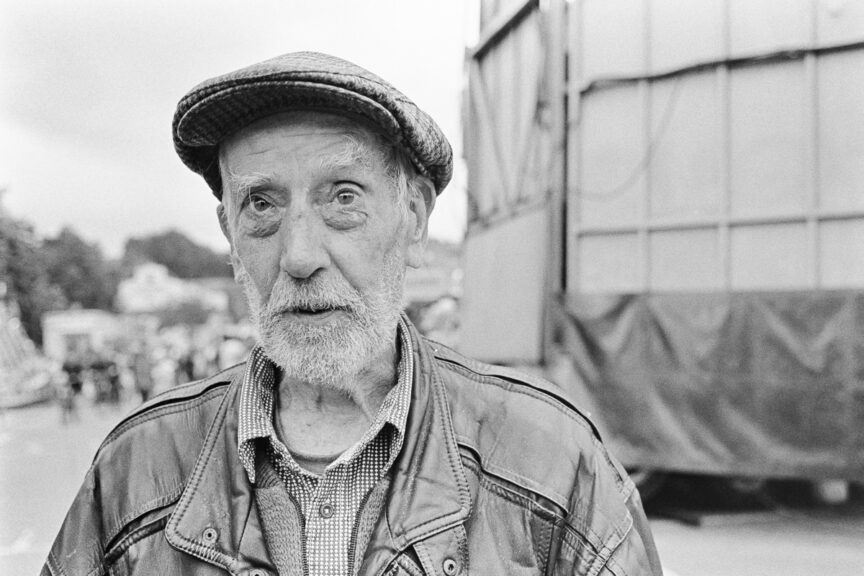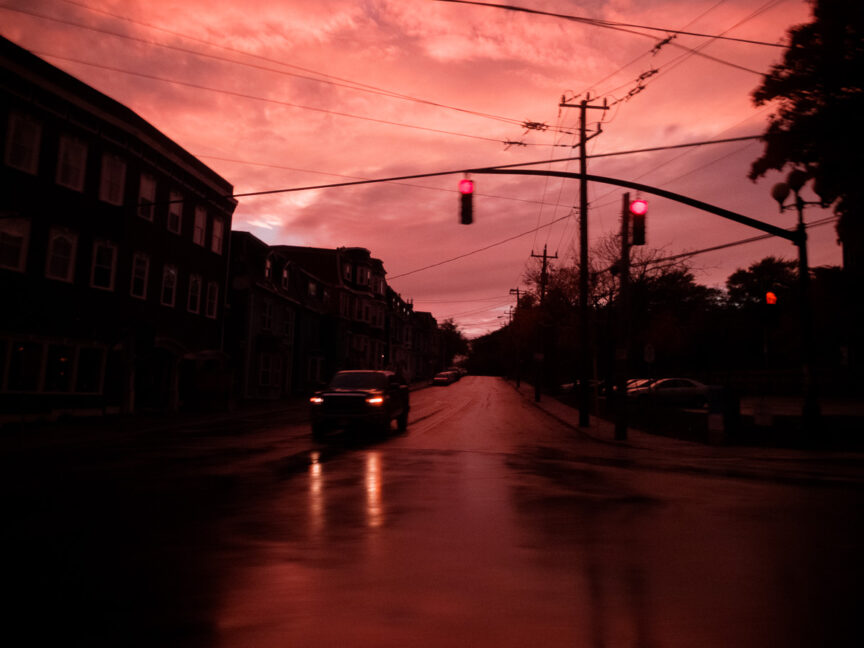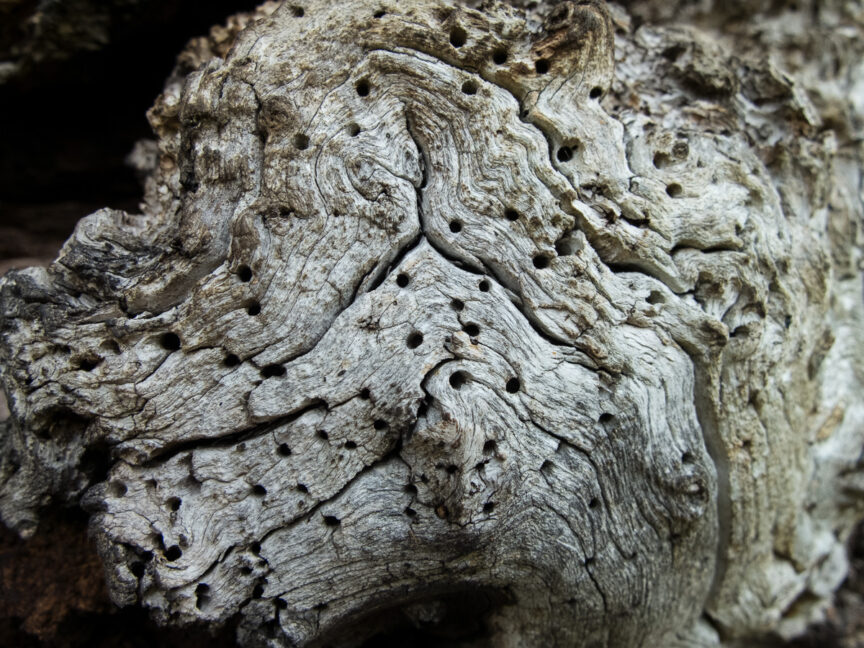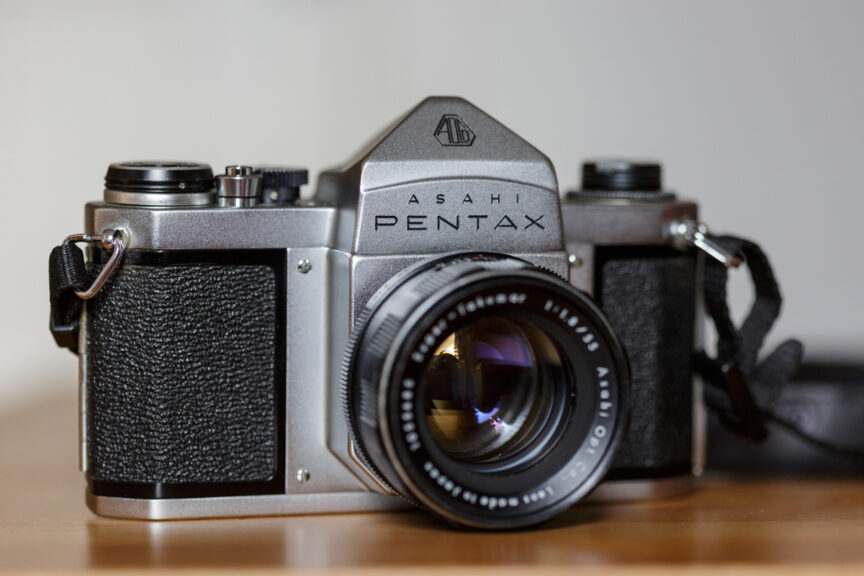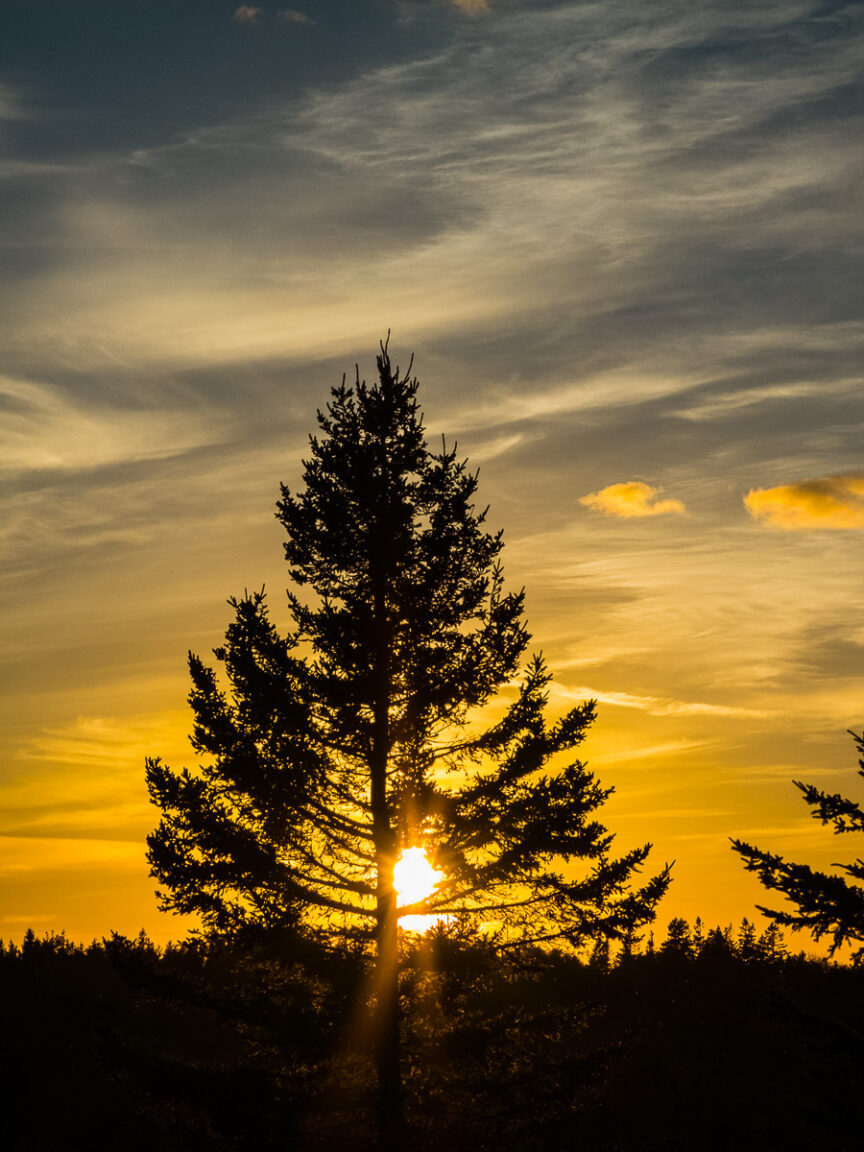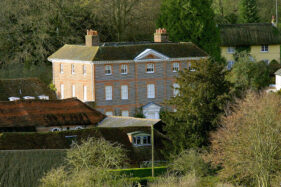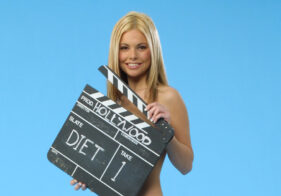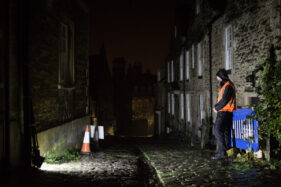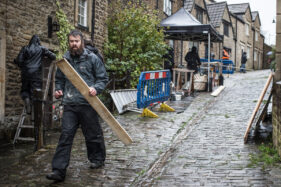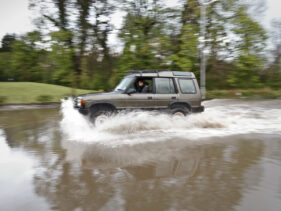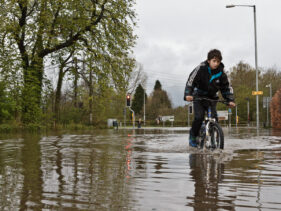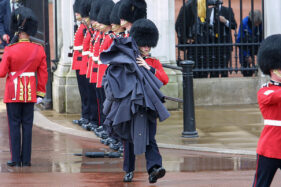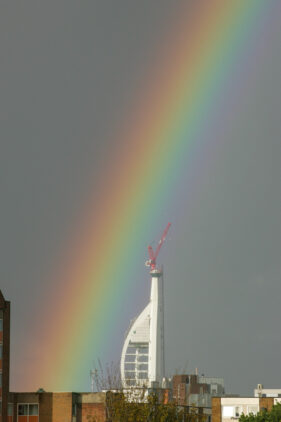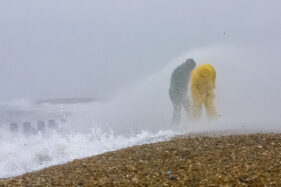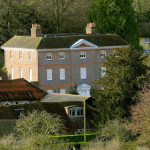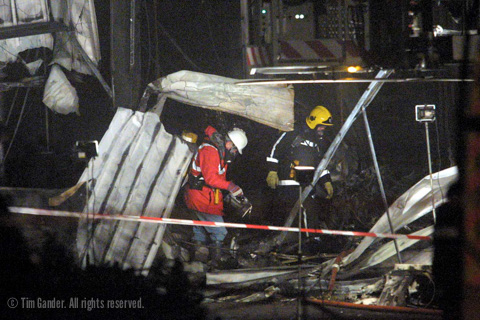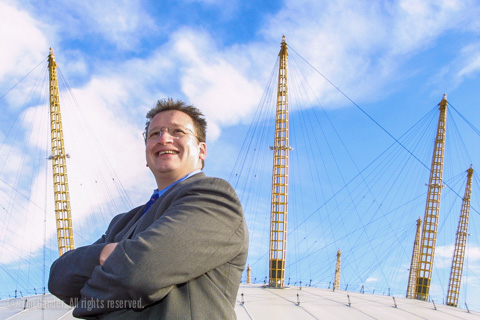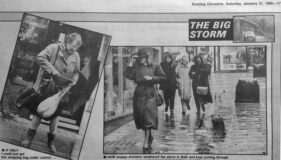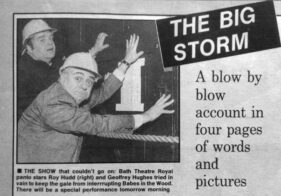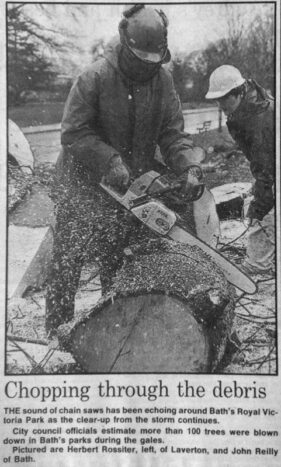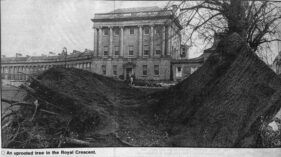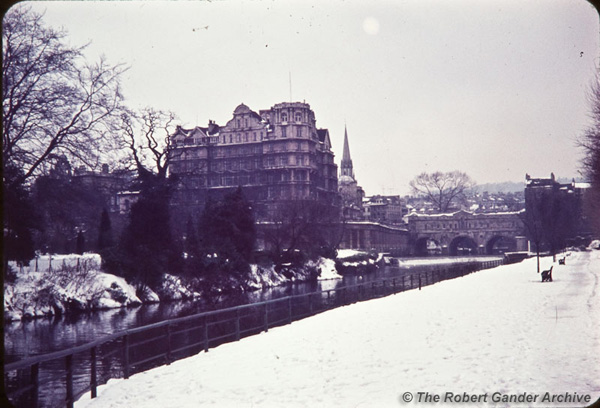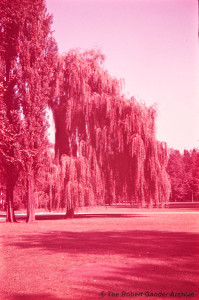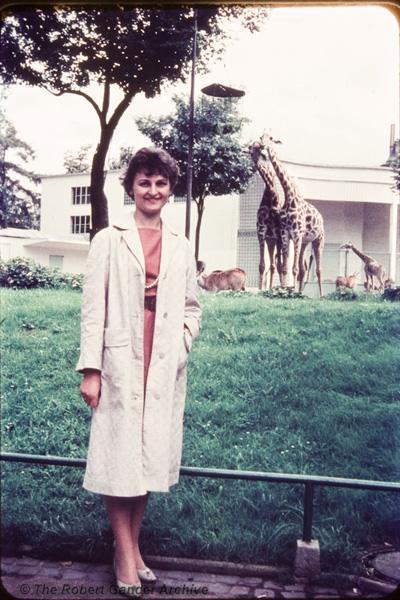A few days ago I ventured into our attic where I came across the storage cases for my early digital work; 340 CDs and DVDs dating from November 2000.
It didn’t immediately register that this means I’ve been shooting digitally for almost 25 years! I reckon I only shot film for about the first 10 years of my career, which is another sobering thought on multiple levels.
The Time Had Finally Come
But seeing those cases of CDs for the umpteenth *damn* time, I finally decided to bring them down and start transferring them to a hard drive. The discs won’t last forever, especially being alternately boiled and frozen in the attic. Eventually the hard drive too will die and my archive will be landfill.
Brief side-note; apart from properly (expensively) stored negatives, transparencies or prints, no photographic format is immune from decay over time. I’m convinced that no amount of care can preserve digital images indefinitely, and analogue formats will always be more robust. But that’s a separate discussion.
Old Tech to the Rescue
Anyway, back to the plot. I’ve rigged up an older MacBook Pro with the DVD reader/writer I used to use, and connected a spare external hard drive. It’ll be my archiving station until the project is done.
Your job now is to rejoice as I share some of those early digital images. Don’t worry, you won’t have to suffer this until the 50th anniversary, when I’ll be in my early 80s. I doubt my nurse will let me near a computer by then.
Enjoy!
Notes on the photos:
Millennium Dome press conference 30th December 2000 – P-Y Gerbeau was credited with rescuing the flailing Millennium Dome project and appeared for a press conference on the roof of the structure alongside Deputy PM John Prescott, who couldn’t have been more miserable if he’d tried.
Zoe and Fat Boy Slim 29th December 2000 – I’d been sent to assist a News of the World reporter tasked with finding celebrities and asking them general knowledge questions to see how bright they were. While the reporter got his s**t together having had a bit too much fun in his hotel room the night before, I toddled off and got a fun spread of pictures of Zoe Ball and Norman Cook (aka Fatboy Slim) walking on Brighton Pier. When the reporter finally turned up and asked Zoe and Mr Slim to answer some questions, he was told to eff off and that was that. My images made a double page spread in NotW and Heat Magazine.
Princess Margaret leaving King George VII Hospital 20th January 2001 – I was sent along by News of the World to catch a photo of Princess Margaret leaving hospital. I knew two other NotW staffers were already there, but I also knew they were using film cameras. By shooting digital, I was able to file from the scene and my shots made the paper just because they arrived at the desk first.
Martine McCutcheon book signing at Harrods 25th November 2000 – My first digital SLR, a Canon D30, was pretty dreadful in low-light conditions. The autofocus just couldn’t keep up, so my shots from this press call are soft to say the least. I include this image to air my shame.





